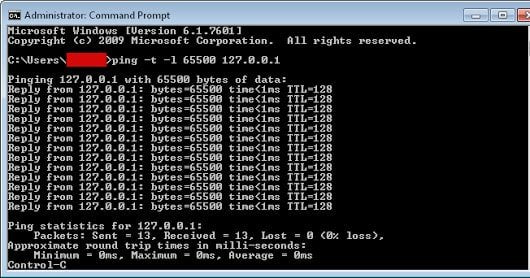With recent attacks on entire governments, donations sites like GiveSendGo, and more, it’s important to know some basic reasons why websites can be hacked so easily.
It is estimated that in 2023, hackers will steal 33 billion records.
A lot of breaches we see today can be complicated, but are easily preventable.
In this blog, we’ll break some why websites get hacked so easily.
The Security is Too Weak
Websites at a high risk of being hacked usually do not enforce strong passwords. They also may not regularly change these passwords, even when there is organizational change.
It’s important to have a unique password for each aspect of a website, and they need to be lengthy.
Passwords should be anywhere between 12 and 16 characters and should include numbers, symbols, as well as upper- and lower-case characters.
It’s recommended to have a password reset policy every 90 to 120 days. Businesses should implement multi-factor authentication whenever possible.

Any website operating under HTTP and not the standard HTTPS is doomed to fail. Websites with “not secure” in the corner of the URL are a no-no!
Websites that fall victim to hackers tend to give users more access than they need. There should be a strong policy in place about what admin privileges different users have.
Many websites use plugins, widgets, and more. Using too many or the wrong one can lead to potential compromises.
Keeping the plugins up to date will prevent hackers from finding exploits, but sometimes things fall through the cracks.
Some plugin developers give up on a project and leave it without patching up the holes.
SQL Injection Attacks
A SQL injection attack is the most common website hacking technique. Most websites use Structured Query Language (SQL) to work with data.
SQL allows the website to create, retrieve, update, and delete data records. It’s used for everything from logging someone into the website to storing details of a transaction.
A SQL injection attack places SQL into a web form to get the application to run it. Instead of typing in a username and password, a hacker may type in a semicolon or "1=1".

In this case, if the application attaches this string directly to an SQL command that is designed to check if a user exists in the database, it will allow the hacker to log in without an account.
This can allow a hacker to get access to a restricted section of a website. Other SQL injection attacks can be used to delete data from the database or insert new data.
DDoS Attacks
A denial-of-service (DDoS) attack floods a website with a huge amount of Internet traffic, causing the servers to become overloaded and crash.
A DDoS attack is like an unexpected traffic jam that clogs up the highway, preventing regular traffic from getting where it needs to go.
DDoS attacks are so effective because they can use multiple machines as a source of internet traffic; basically, anything with Wi-Fi access can be used to initiate a DDoS attack.

Once the hacker has chosen the group of devices needed, the hacker will then infect them all with malware, allowing them to be controlled remotely.
These individual machines are referred to as bots or zombies. A group of hacked machines is called a botnet.
Lastly, once the hacker has established the botnet, each bot will be given a set of instructions. In these instructions, each bot is ordered to send a request to a target IP address.
With the mass number of requests being sent to the target, the DDoS attack is complete.
Phishing is Undefeated
Sometimes, the greatest weakness of a website is the people that use it. This is where phishing comes in.
Phishing is a type of online scam where hackers impersonate legitimate organizations via email, text message, or other means to steal sensitive information.
Spear phishing scams send emails to specific people or companies while pretending to be a trusted senders.
Whaling phishing scams occur when hackers use phishing techniques to go after a high-profile employee, like a CEO.

Smishing is a type of phishing attack conducted using SMS messages on cell phones.
Vishing, or voice phishing, is a type of attack that is also conducted by phone but usually targets people who use Zoom or Microsoft Teams.
Search engine phishing, also known as SEO poisoning, is a type of phishing attack where hackers work to become the top hit on Google or Yahoo.
Wrapping Up
It can be impossible to account for every security flaw in a website. However, most hackers are looking to grab the low-hanging fruit.
Websites with weak security, out-of-date software, and staff that are poorly trained are usually the first to get hacked.
Strong antivirus programs are great to pair with strong password security. Antivirus clients should include periodic scans, frequent updates, and should be light on resources.
In a worst-case scenario, some important data might get lost. Having a solid data backup program in place that stores files in multiple locations can lessen the damage.


















